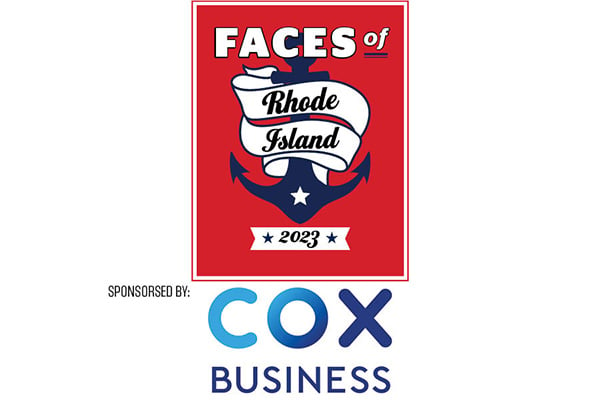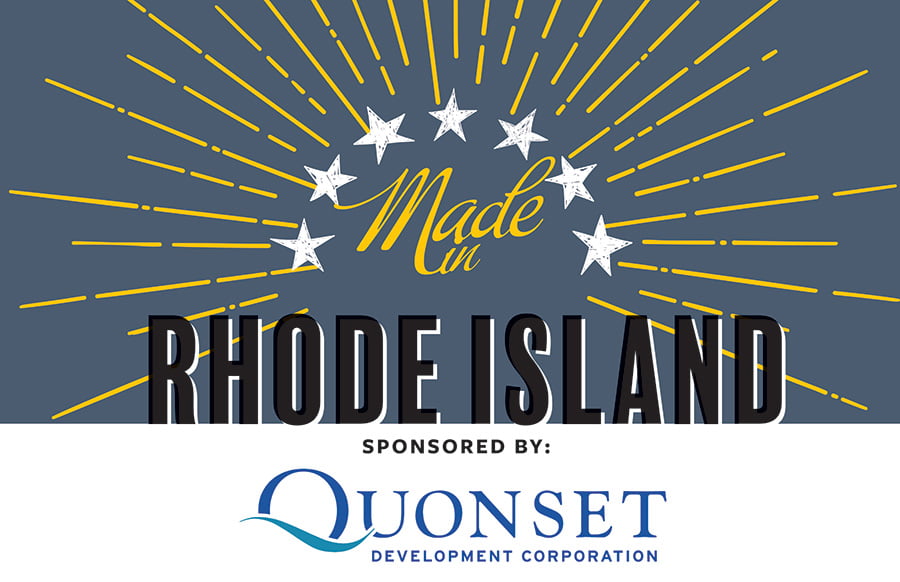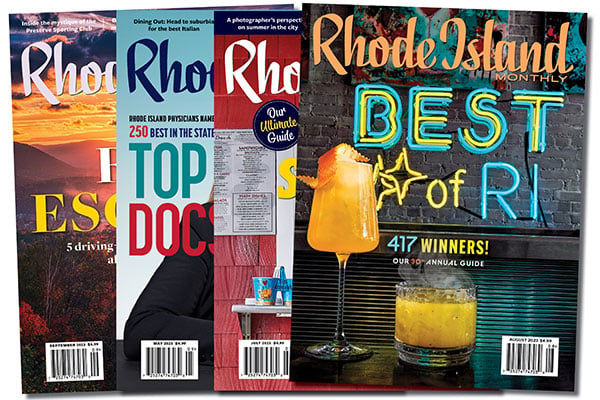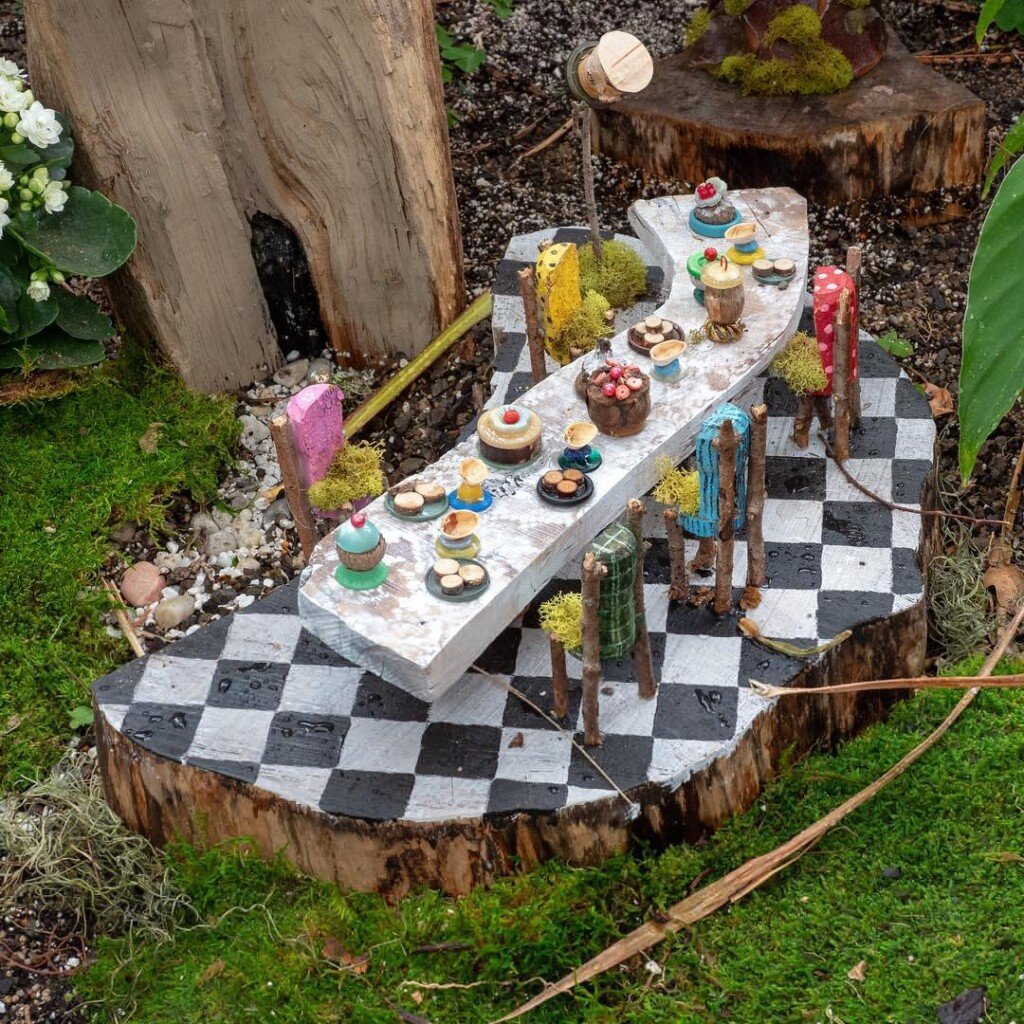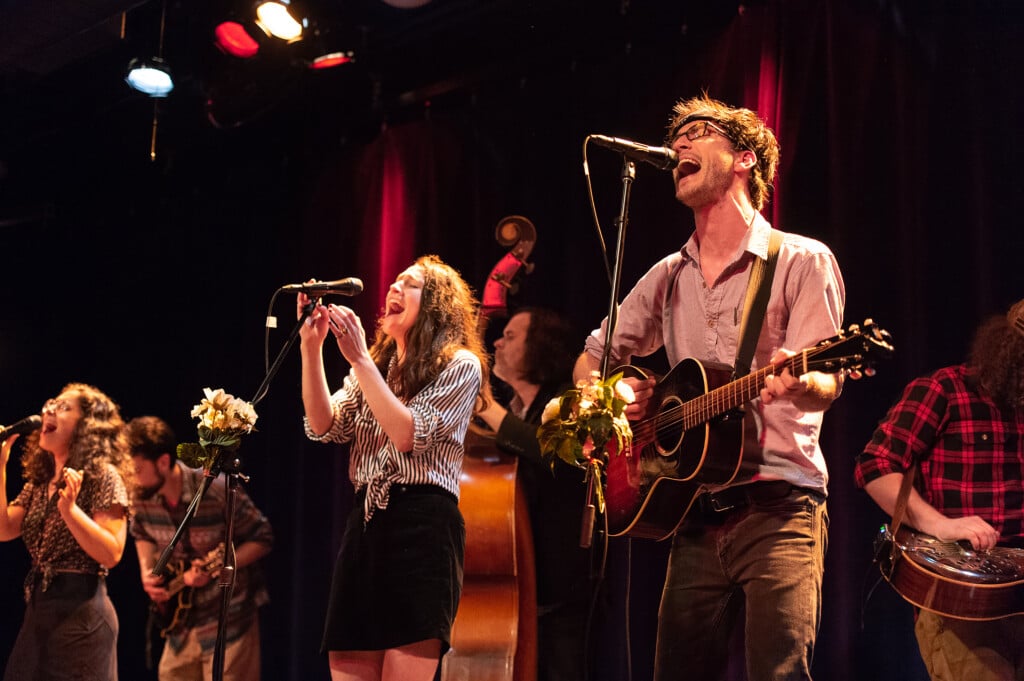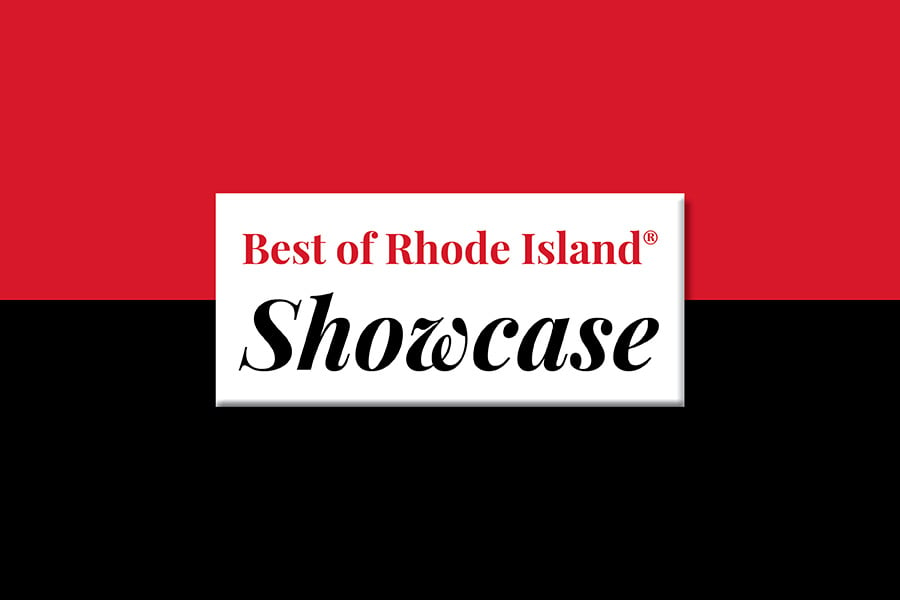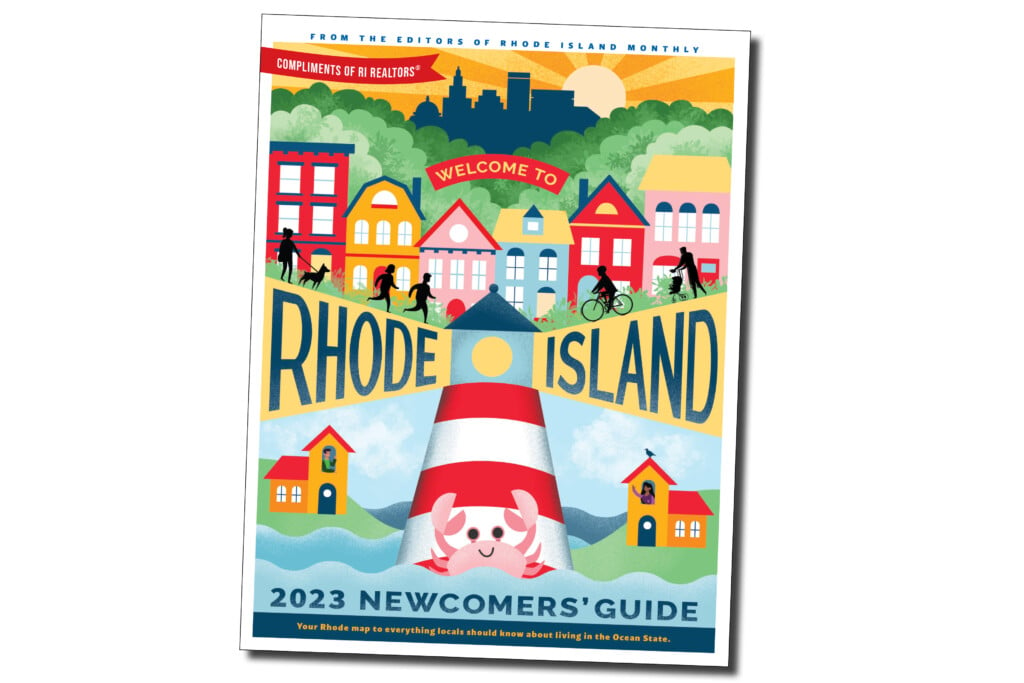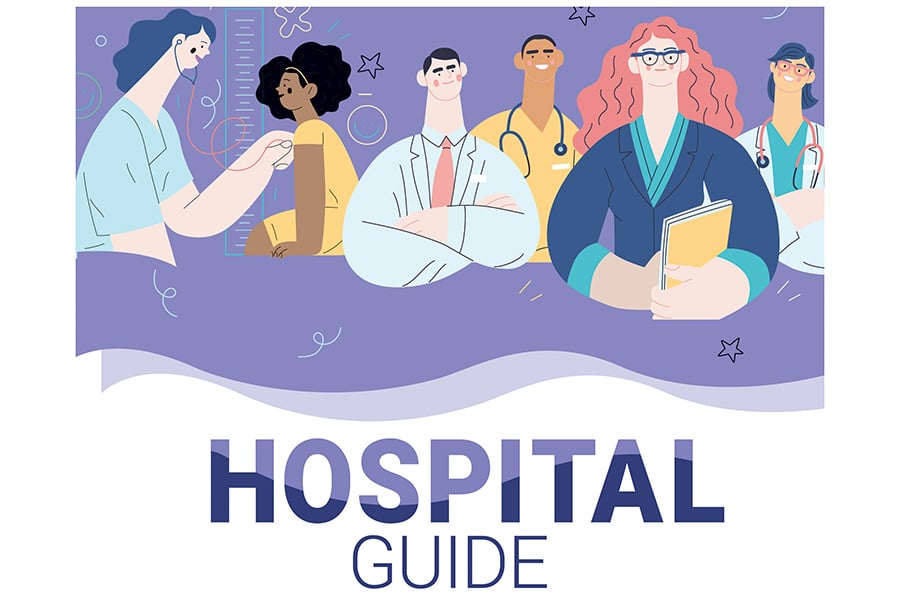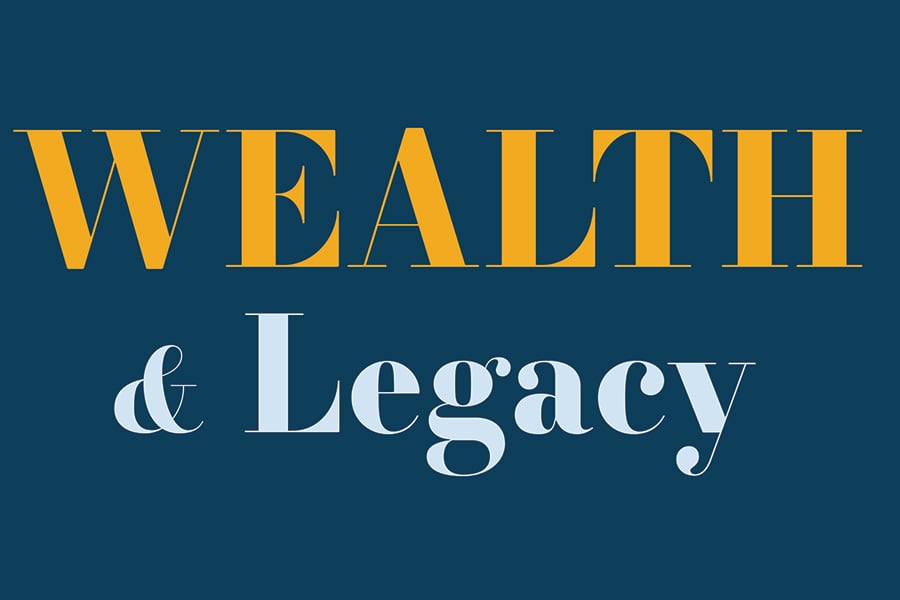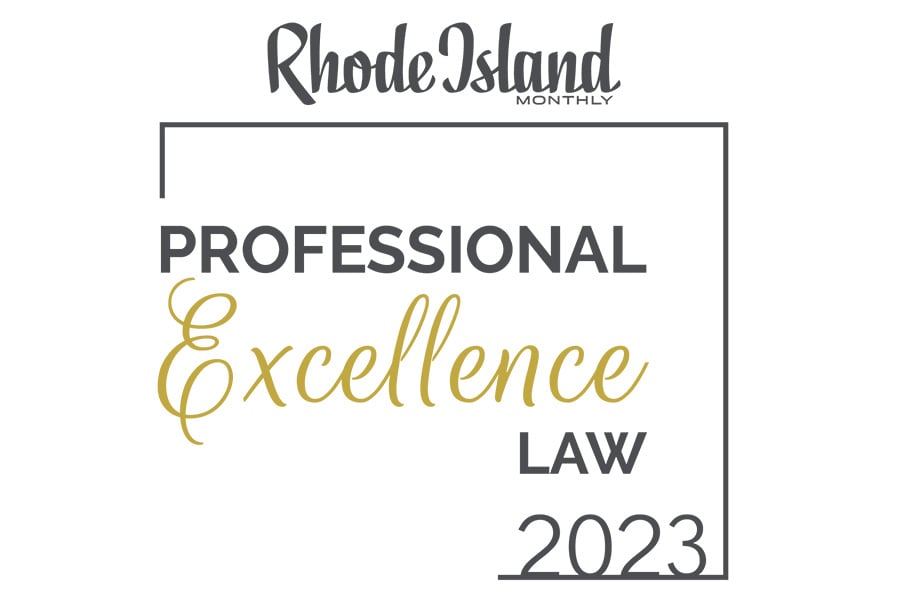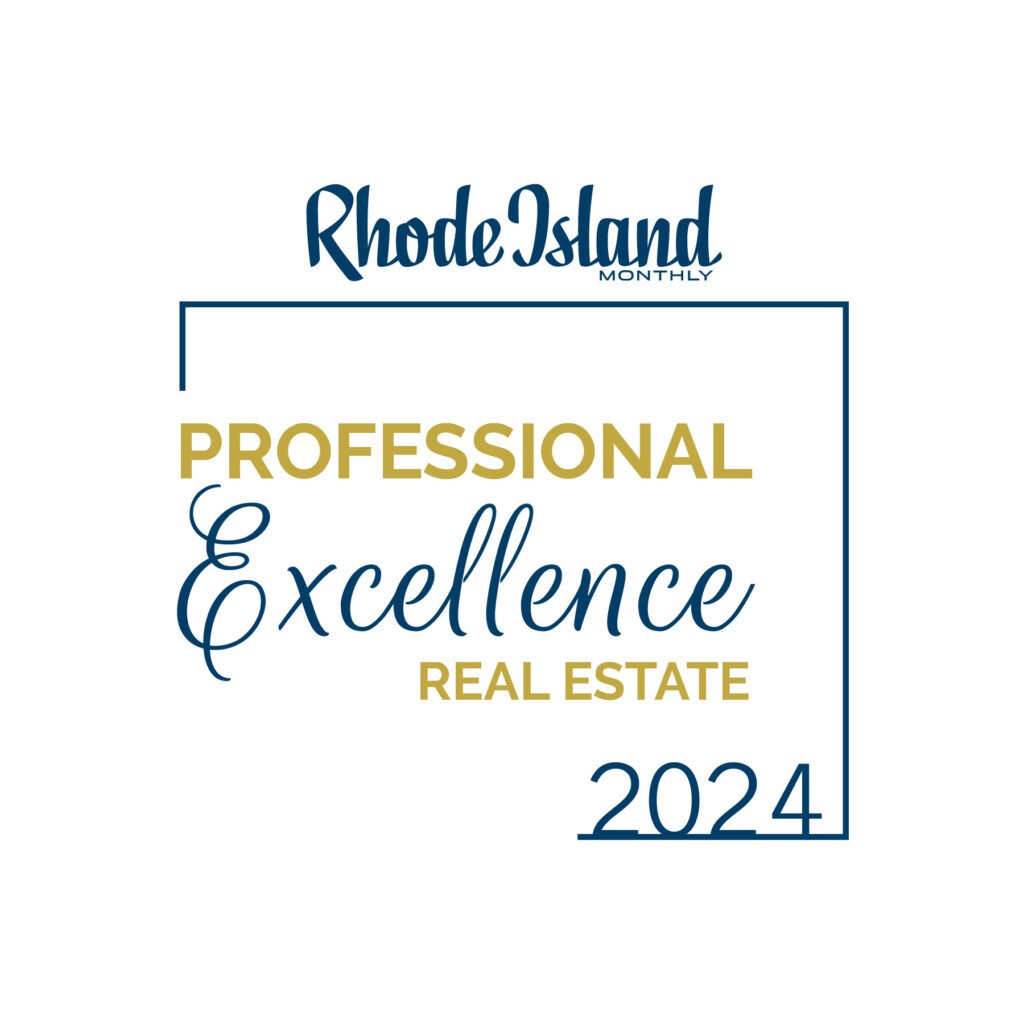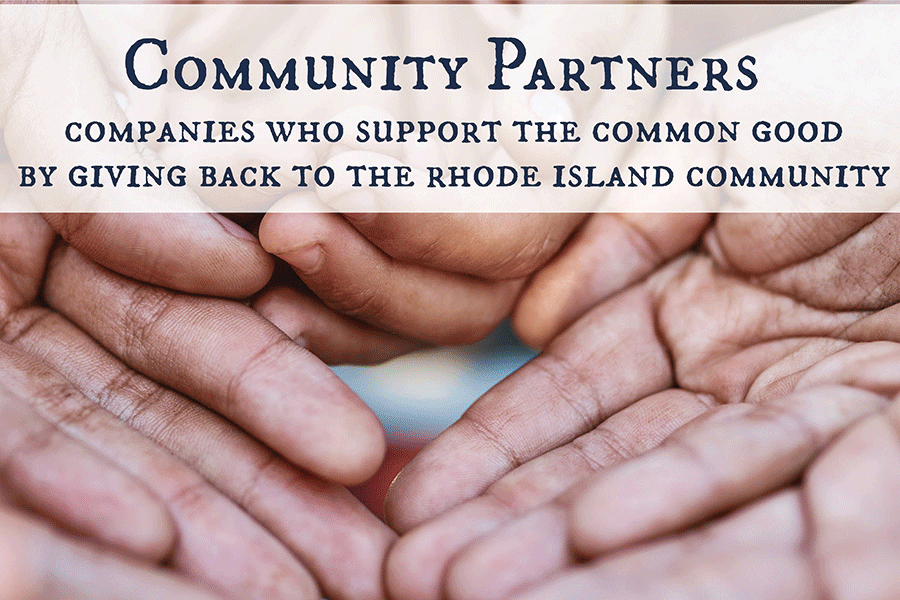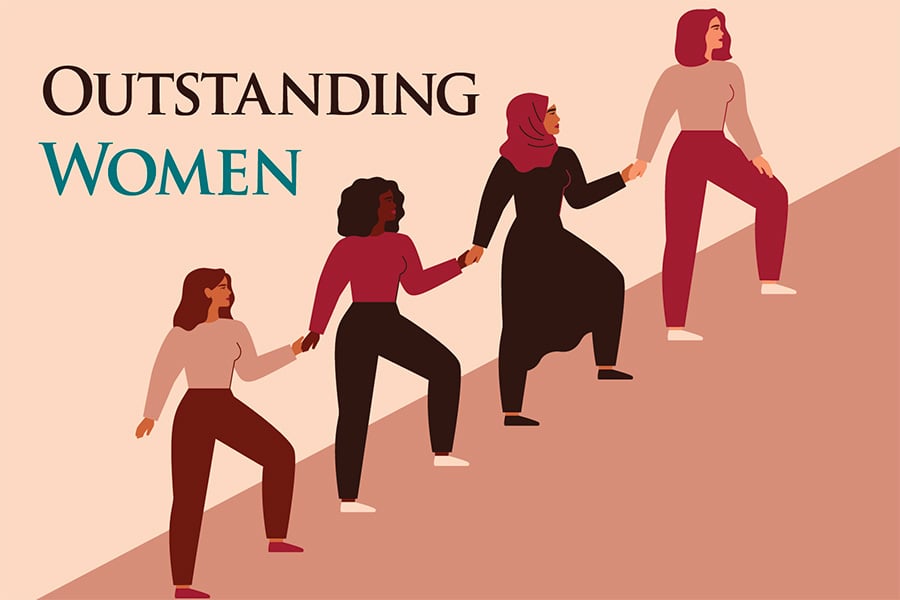Q&A: URI Oceanography Dean Talks Climate Change, the Blue Economy and UFOs
Get to know Paula Bontempi, the dean of the University of Rhode Island's Graduate School of Oceanography, on a deeper level.
As a young doctoral student at the University of Rhode Island, Paula Bontempi never imagined her passion for the sea would launch a career among the stars. After a brief turn in academia, the professional oceanographer embarked on a two-decade career at NASA, where she oversaw scientific research using satellites and became acting deputy director of the Earth Science Division. In 2020, Bontempi returned to her alma mater, this time to serve as dean of URI’s Graduate School of Oceanography. With an overhaul supported by $145 million worth of bonds underway at the Bay Campus and a regional class research vessel due to arrive next year, Bontempi sat down with Rhode Island Monthly to discuss her Hollywood-worthy past and the changing forces shaping URI’s future.
Where did your passion for oceanography begin?
The story goes that I was probably five when I turned to my parents. We were watching some game show like “Let’s Make a Deal” one night, and I said that I wanted to be an oceanographer. I remember my mom being really angry and making this stern face and my father was elated. Right before I defended my dissertation, I was talking to my parents about it and my father was like, ‘Well, you know my whole family on both sides as far back as we can go in Italy are all commercial fishermen.’ My dad explained they were in Italy, they emigrated, they lost a lot of people at sea and his mother was like, ‘You’re all going to America where you can be safe and not be commercial fishermen and find jobs and a livelihood.’ And my mom was just upset because she had lived through the Great Depression as the youngest of six and she wanted us to find careers where we could take care of ourselves and she wouldn’t have to worry. And of course, the irony is my mother is still alive at ninety-four years old and still worries about everything and still is disbelieving that you can make a living as an oceanographer.
What does an oceanographer do at NASA?
NASA has an Earth Science Division that uses the unique vantage point of space and Earth-observing satellites to look at different properties of the Earth. And we can look at the atmosphere and the ocean and the land and other geophysical processes, and we can look at ice, and volcanoes, and all sorts of amazing things. They can get a glimpse of the entire globe every two days for some of those properties, which becomes very important in understanding our Earth system and how it functions and how it’s changing. My field is actually called satellite remote sensing, which is the remote observation of the Earth, and then optical oceanography, or how light travels through the atmosphere and into the ocean and what happens to it and what you can use it to detail.
Tell us about the Bay Campus revitalization that’s underway.
[Our phase one bond] passed [in 2018] and allowed us to start down the pathway of doing our new pier. That is now complete, which enabled us to bid for and win the operation of a brand-new research vessel which will be coming online in 2025. The pier is ready and the bids are out right now for the second part, which is a new building called the Ocean Robotics Laboratory. That will be a place where there’ll be office space for people who have a foot in oceanography and a foot in ocean engineering. There will be a test tank in the middle and fabrication spaces there. That’ll be where the faculty, students and staff come in and build new sensors, new sampling platforms, new robots and autonomous vehicles. They can test it in the test tank, and then they can test it in the Narragansett Bay, which is like our natural test laboratory out back. I’m excited about that because that will bring in industry and technology partners in the state. Phase two will be more renovation of existing buildings and new buildings that will revitalize a lot of the laboratory and classroom infrastructure that was built in the fifties and sixties and literally appears like a fallout shelter because that’s what it was built for.
What was the campus originally?
The campus history goes back to the Revolutionary War. In World War I and World War II, there were a lot of bunkers built on campus, because it’s such a strategic position, and you can go right up the Narragansett Bay into Providence. They needed to defend the Narragansett Bay vantage point. You have access to the ocean right there — literally, as an oceanography school, our ship is right out front. That’s not common. You can still see where the gun turrets were for the large guns that defended the campus and the fort that was there. We have a nuclear reactor on campus that is not for power — it’s for experiments — that is on top of the biggest bunker that’s out there. Over time they converted some of the bunkers into laboratory space.
Why is it important that the Bay Campus be upgraded so extensively now?
The Blue Economy, or the economy driven by the ocean, is worth about $5 billion in the state of Rhode Island. And that’s expected to double worldwide by 2030 if you believe some of the UN and World Bank predictions. That potential for leading the nation and leading the world in certain areas like renewable energy, climate change solutions, water and waste management, tourism and recreation or maritime transportation — there’s so much potential for the state in those sectors. I have this dream that we can help train a climate-literate workforce for all the blue jobs that will be in the state in the future. And I really would like to work with our government, our industry, our NGO partners in the state to figure out what it is those partners are looking for in their workforce and make sure we’re training the students and the professionals in the state and beyond for those careers.
You mentioned the idea of training a climate-literate workforce. What do you mean by that?
What I mean by climate-literate workforce is people who understand the ocean, the Earth system and aspects of it, and actually work in careers where they need to understand that information. Just one example: If you work in the insurance industry in the state, insurance companies are constantly contacting us going, ‘Can you guys help us with risk assessment for sea level rise? Because we’ve got 413 miles of coastline and 7,000 properties and businesses along that coastline, and we just need to figure out a better way to set rates. Can we insure these properties? How at risk are they for climate change impacts, whether that’s storms, hurricanes, sea level rise? What’s our timeline?’ Other areas in IT [are] working with computer models that can improve prediction of weather just on a day-to-day basis as well as some of the intensifying storms as a result of climate change. More and more I see our graduate students recognize their connection to the world and their connection to the ocean and the Earth system, and they want to do something that makes an immediate impact.
Tell us more about the new research vessel, the Narragansett Dawn, scheduled to arrive in 2025.
Our current research vessel, Endeavor, she’s forty-eight years old and still very functional. We have a cruise requirement at GSO — to graduate, you have to do a research cruise. [We’re] working on making that a lot more accessible because that can be very exclusive for certain people who have physical challenges or otherwise. Our new ship will be completely ADA compliant. Whereas our current ship is powered by an old locomotive engine, the new one is this finely tuned IT computing device. The government is building three of them. One will be operated on the East Coast, which is the one that will be housed at the University of Rhode Island, one will be in the Gulf of Mexico and one will be on the West Coast. Their job will be to survey their regional waters. That whole area of the North and South Atlantic will be our domain to actually sample.
What was it like moving your life from D.C. to Rhode Island during the pandemic?
I signed my contract on March 5, and who knew that two weeks later we were going to go full remote? My husband and I had a son in the third grade. We had to sell a house, buy a house, and we were like, ‘Forget it, we’re not going to sell a house, we’re not going to buy a house, we’re just going to rent a house.’ The other piece of this was that NASA launch windows for certain missions open up — if you’re lucky — every couple of weeks, every couple of months, some every couple of years. There were a number of missions that we were building in the Science Mission Directorate that had a launch window that opened every seven years. That was one of the missions to Mars. And we had to figure out a way to keep people working when you couldn’t wear PPE in a clean room and you couldn’t bring hand sanitizer in and you had to keep the mission completely free of contaminants while also keeping people safe to work. Somehow we worked overtime trying to figure out — while we were all caregivers at home — how to keep those missions moving forward. I literally stopped working on a Friday at 5 o’clock, got in the car Saturday morning, drove to Rhode Island with my family, settled into our rental house on Sunday and showed up to work at 8 o’clock in the morning on Monday. It was crazy.
Hopefully you’ve had some time to settle in now.
I’ll tell you this. I feel for all the people out there on the planet who are still trying to cope with the fallout from the pandemic, which isn’t at all behind us. It’s endemic now. I’m still trying to work with everybody on campus to find that work/life balance to bring physical and mental wellness back into our day to day.
Do you have a favorite spot in Rhode Island?
I love my neighborhood where I live in Saunderstown. I love all the people who embrace the Narrow River. Anywhere paddling or kayaking or paddleboarding, swimming on any part of the river or the Narragansett Bay, I just love it. There is a breakfast spot I have come to absolutely love, the Rome Point Cafe. My favorite thing to do is to sit at the counter by myself on like a Wednesday. I meet the most interesting people on the face of the planet. One guy was in charge of baggage handling at T.F. Green and I was like, ‘Oh, I used to work at NASA. I love aeronautics.’ And we had this whole conversation over it. The next time it was this guy who was like, ‘I work at the Rhode Island Nuclear Science Center at the reactor on the Bay Campus.’ And I was like, ‘Are you kidding? I’m the dean!’ I think from the minute I left [Rhode Island], I wanted to come back. I wanted to raise my son here. He loves it. He one day recently said to me, ‘Mom, I’m so happy here. I just want to stay.’
Last year, you were selected to serve on a NASA panel studying unidentified anomalous phenomena, known to the rest of us as UFOs. What was that like?
There are so many people who believe or have witnessed something, and they don’t know what to do with it. [There’s a] stigma to reporting, whether you’re a commercial airline pilot or somebody who was just out in the dark and saw something. My inbox is full of people who will send me pictures and videos and things, and I just think, ‘What is it that I can do for you?’ I don’t know what it is. But to those people, I say this: I hear you and I see you. And my hope is with the report, the government will develop some kind of portal where you can report what you’ve seen and the powers that be who look at unidentified anomalous phenomena can examine these videos or pictures or reports using real data that are out there to try to help explain what was witnessed. Carl Sagan said it, right? ‘Extraordinary claims require extraordinary evidence.’ And without the data to explain this, I can just listen and say, ‘I understand you believe you saw something or experienced something.’ That pathway to maybe having a portal to report in the future I think will be very important







